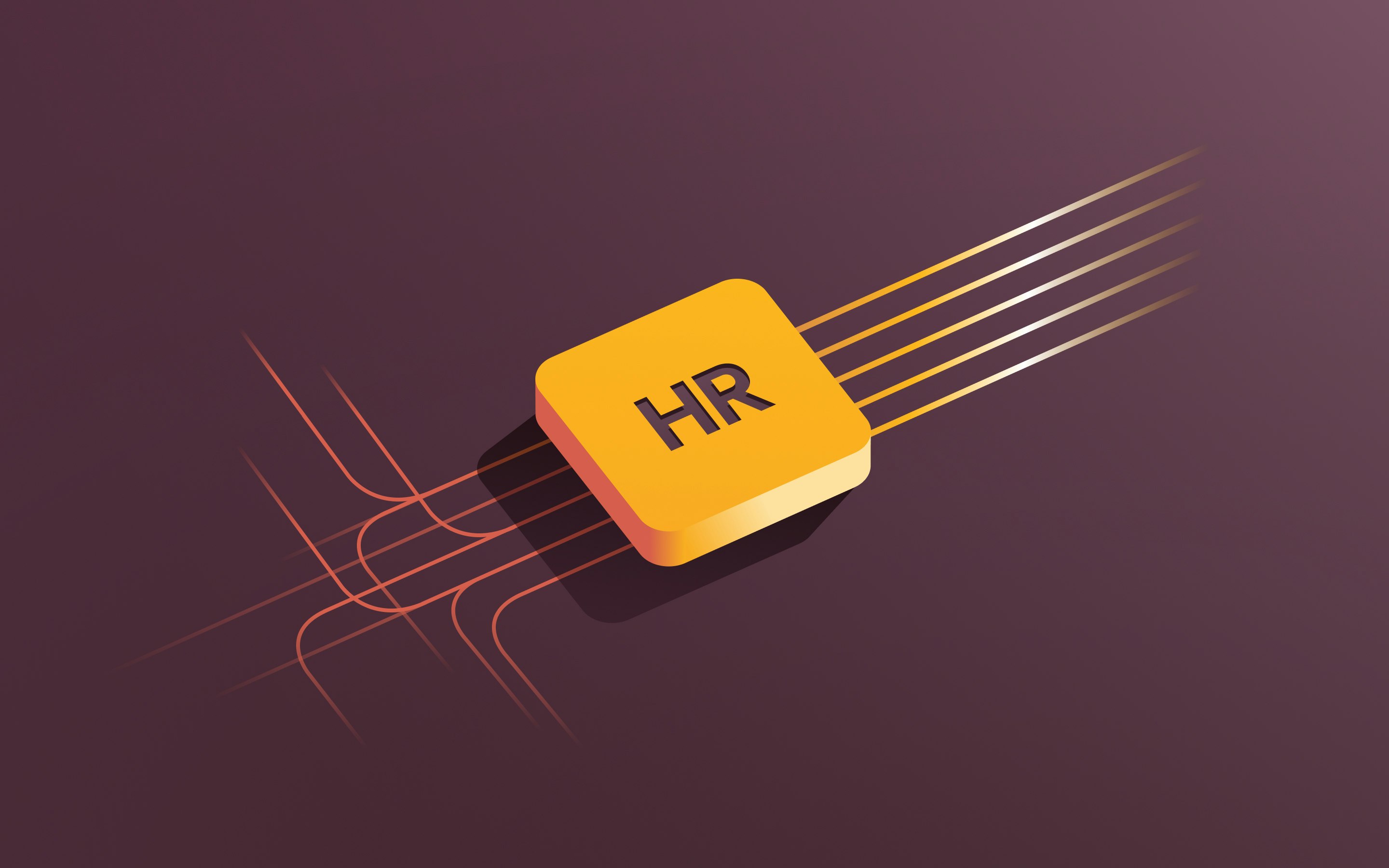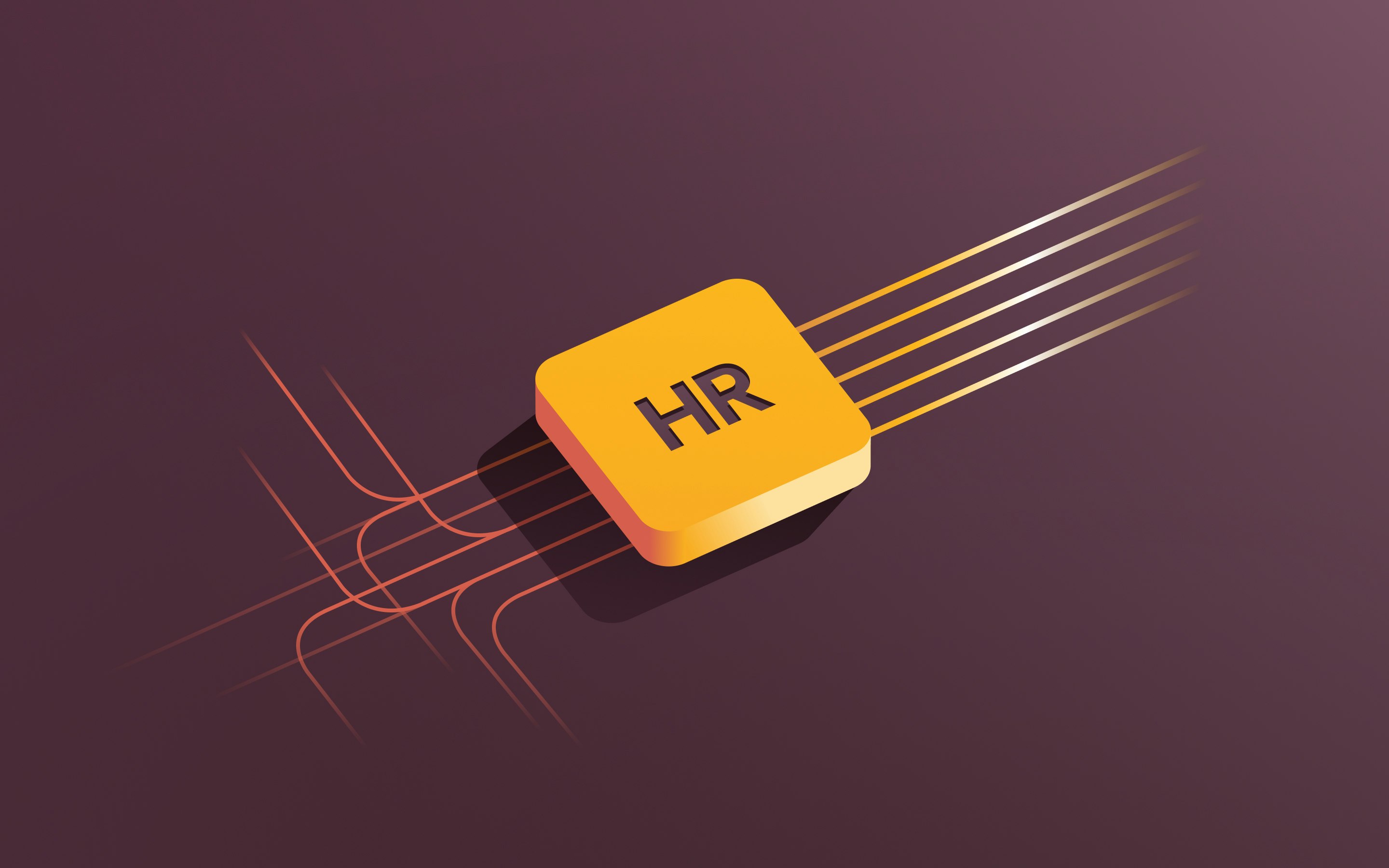11 Best HRIS Software & Systems for HR Teams

An HRIS (Human Resources Information System) is a software solution that helps companies manage and organize all aspects of their workforce by providing a centralized hub for HR data and automating administrative tasks.
Manual HR tasks, even updating employee information, are time-consuming and error-prone. The result? Payroll mistakes, compliance issues, delays, and an overwhelmed HR team that spends more time fixing problems than contributing to the success of your business. An HRIS (Human Resource Information System) is a better way.
With HRIS software and systems like Rippling, HR teams are freed from overstuffed filing cabinets and teetering stacks of paperwork. All that employee data is digitized and moved to the cloud. HR professionals can then use HRIS software to run many tasks automatically and efficiently.
Many companies have an HRIS on board, but is it the right one? Choosing and implementing the right HRIS is critical. This guide will explain what you need to know to select a system that will work for you. The areas that we’ll cover include:
- What is an HRIS?
- The benefits of an HRIS
- The top HRIS systems and software
- How to choose an HRIS system and what features to look for
- HRIS Costs
- Rippling’s HRIS platform
- Common HRIS questions
What is an HRIS system?
An HRIS is a software solution that helps companies streamline their human resources processes. With an HRIS, employee data is centralized. Your HR team and other stakeholders can easily and securely access and analyze workforce data, manage employee records, and speed up many HR processes. A modern HRIS enables HR departments to automate workforce-related tasks, including recruitment, onboarding, payroll, time tracking and attendance, benefits administration, and legal compliance. Some systems can manage global contractors.
An HRIS helps companies of all sizes maintain their employee data, keep on top of compliance, reduce administrative workload, and free up their HR team to work on more strategic initiatives.
Top 11 HRIS systems and software
There are many HRIS options to choose from. Picking the best one depends on what you need it to do. Do you need a system that is fully integrated? One that can also manage contractors? Labor laws in different jurisdictions? Different currencies? You’ll need to answer these questions before you can pick the right HRIS. With that in mind, let’s take a look at some of the options out there:
Rippling
Rippling is an all-in-one global HRIS platform that combines HR, payroll, and benefits with a wide range of integrations, a customizable and easy-to-use interface, advanced security features, and more. This creates a consistent user experience, whether running payroll, requesting PTO, or creating a custom report. And an important distinction: Rippling is the one HRIS system that can support your US or global team by bringing all their data into a single system. It does this out of the box, without patching together disparate systems or repeating the initial setup.
Of course, Rippling isn’t the only HRIS platform out there. Let’s take a quick look at other top solutions.
Deel
Similar to Rippling, Deel is a cloud-based HRIS specializing in global payroll, compliance, and other core HR tasks for businesses with a remote or global workforce. Deel is more limited, however, in that it lacks the LMS, time and attendance, and applicant tracking solutions and automated compliance alerts that Rippling provides.
Pros:
- Offers global payroll in multiple currencies
- Offers EOR (Employer of Record) services
- Locally compliant employment agreements and templates
Cons:
- Outsources some global payroll
- Lacks LMS, time and attendance, and applicant tracking solutions
- Lacks automated compliance alerts
UKG
Created through the merger of Ultimate Software and Kronos, UKG provides HR, payroll, and workforce management solutions. Services include LMS, compliance, integrations, workflows, global and US payroll, T&A, scheduling, talent management, and benefits administration.
Pros:
- Robust T&A system, especially for companies with large hourly workforces
- US and global payroll solutions
- Competitive PEPM (per employee per month) pricing
Cons:
- Limited automation due to legacy modules
- Inconsistent user experience
- Complex configuration and workflows
Paylocity
Established in 1997, Paylocity is a leading brand in human capital management. Their services include Payroll (US and global), T&A, talent management, headcount planning, benefits administration, LMS, and compliance support.
Pros:
- Established brand
- Payroll tasks are highly configurable
- Enables employee collaboration
Cons:
- Lacks certain pre-built automations
- Lack of integration with other tools
- Reporting isn’t comprehensive
Paycom
Founded in 1998, Paycom is a well-known human capital management platform. Services include payroll, time and attendance, performance management, budgeting, and scheduling.
Pros:
- All-in-one solution
- Employee self-service for an improved employee experience
- Improves employee engagement
Cons:
- Limited integrations
- Cannot automate some tasks
- Lack of reporting features and customization
- Reports are siloed and can’t be combined across modules
ADP
ADP Workforce Now is an integrated HR software solution with a suite of services that includes payroll, onboarding, personnel data management, benefits administration, and T&A management.
Pros:
- Self-service options for employees
- User-friendly interface
- Integrates with popular business tools (Slack, QuickBooks)
Cons:
- Limited automation configurability
- Low account manager to customer support ratio
- Limited reporting capabilities
Workday
Founded in 2005, Workday is a cloud-based software company that provides enterprise solutions for HR, finance, and other information systems.
Pros:
- Mobile app accessibility
- Robust data protection
- Integration with hundreds of third-party apps
Cons:
- Can be costly to implement
- Implementation can be complex and time-consuming
- Steep learning curve
Gusto
Gusto is a cloud-based HRIS that provides businesses payroll, benefits, and HR management tools.
Pros:
- Suitable for small businesses and start-ups
- Full-service payroll
- Benefits management
Cons:
- Can run into issues with scaling
- Limited third-party app integrations
- Limited reporting capabilities
BambooHR
BambooHR is an HRIS system that offers solutions in many areas, including HR, payroll, time and attendance, performance management, and benefits administration.
Pros:
- Cost-effective
- Easy to use
- Robust functionalities that support international companies
Cons:
- Lacks advanced workflows
- Customers need to direct their own compliance
- Lacks LMS and headcount planning
Paycor
Paycor is a human capital management system that provides many key solutions, including HR, payroll, ATS, time and attendance, performance management, scheduling, benefits administration, and compliance.
Pros:
- All-in-one HR solution
- User-friendly dashboard
- Applicant tracking system (ATS) simplifies the hiring process
- Comprehensive performance management for tracking goals and motivating staff
Cons:
- Disconnected modules can make the platform complicated to use and configure
- Reports lack some capabilities and do not pull data across all modules
- Customer service based on legacy-style phone support
- Limited depth of integrations
Paychex
Paychex is an HR software that offers HR and management services, including payroll processing, T&A tracking, benefits administration and business insurance.
Pros:
- Includes tax calculation and filing
- Customizable plans
- Offers workforce and talent management
- Compliance assistance
Cons:
- Clunky user experience
- Can run into issues with scaling
- Limited integration with third-party apps
- Customer service is lacking
How to choose an HRIS system
With all the different HRIS systems and solutions available, it can be challenging to find the perfect fit. There are many factors to consider, but first and foremost, you should choose an all-in-one platform that meets all of your HR needs, from onboarding to offboarding. It should be powerful, easy to use (and learn), and offer great support. Once you’ve narrowed down the contenders, you should consider the following features:
Employee information management
Employee information management is a core function of any HRIS. The best platforms are cloud-based and ensure secure, real-time access to employee information, ensuring everyone who works with data sees the most up-to-date version. The HRIS should offer automated tools and workflows to reduce manual busywork. Centralizing employee data and processes in one place eliminates the need for a bunch of standalone tools and helps streamline HR functions. It also enables scalability.
Payroll management
Does the HRIS offer seamless payroll integration so you can easily manage payroll in all your locations for contractors and employees? For companies operating globally, your HRIS must be able to handle multiple currencies and languages, plus local laws and other country-specific compliance requirements. A good HRIS system automates processes like calculating taxes and deductions, generating paychecks, and reconciling bank transactions.
Time and attendance tracking (T&A)
Time and attendance tracking is another important feature to consider. T&A software enables businesses to track and manage their employee’s working hours. It should automate automate reminders if employees fail to clock clock in and out or miss breaks. Look for a system that integrates with payroll to ensure accurate compensation and aid in compliance with labor laws and regulations.
Benefits administration
Your HRIS should easily integrate with any benefits administration systems you already use. This will reduce manual data entry and increase efficiency.
Recruitment and onboarding
Your HRIS should make recruiting and onboarding easy. For recruiting, look for a customizable solution that tracks and manages applicants, simplifies interview scheduling and feedback, creates hiring workflows, assists with headcount planning, and seamlessly transitions from final interview to onboarding.
For onboarding, your HRIS should automate many of the time-consuming processes that take days or weeks to complete manually, including:
- Running background checks
- Adding new employees to the payroll
- Benefits enrollment
- Assigning training sessions
- Setting up new devices and software accounts
In addition, the HRIS should have reporting capabilities that provide insights across the recruiting process.
These online guides and review platforms can help you compare the top HRIS systems.
HRIS system cost
The cost of an HRIS system depends on its features and functionalities. Many HRIS platforms charge a base rate plus a fee per employee per month, while some providers charge extra fees for additional tools.
When considering any HRIS, ask about rate increases after the introductory period, extra fees for additional functionalities, required equipment upgrades, and the cost of changing systems now and down the road. Training costs are another consideration. As always, get pricing details in writing before you make your final decision.
Streamline HR and payroll workflows with Rippling
Rippling is an all-in-one HRIS platform that manages the entire employee lifecycle. Unlike systems that are built on legacy software, Rippling provides a unified suite of HR applications built from the ground up to work seamlessly together, including:
- Payroll (including global payroll)
- Benefits administration
- Employee management (recruiting, performance reviews, learning management)
- Workforce management (compliance, time and attendance, time off and scheduling)
- HR management (compensation bands, surveys, headcount planning)
With Rippling, you get:
Automated onboarding: Rippling automates the new hire process by generating offer letters, scheduling training, and setting up apps, accounts, and devices.
Automated transitions: Rippling handles employee changes like promotions by automatically updating your payroll.
Automated offboarding: Rippling handles offboarding tasks such as generating separation agreements and disabling app and device access.
Compliance 360: Rippling automatically flags compliance issues no matter where your employee is located.
Global HRIS: Rippling provides a single HR system for teams worldwide, dynamically localizing data based on work location.
Analytics: You can run any custom report on workforce data across Rippling and third-party apps.
Customized workflows: With Rippling, you can choose from hundreds of ready-to-use workflow, report, and formula field templates and recipes. They’re built to save time and effort.
Unlike the competition, Rippling’s HR apps are built in-house on a unified platform. The result? Seamless automation, reporting, and data unification across all your HR processes.
Best HRIS software FAQs
What is the number one HRIS system?
We built Rippling to be the best HRIS solution for businesses of every size. Our modern HR platform is highly rated by customers, business publications, and independent review platforms. Review site G2 named Rippling their #1 HR Product of 2024. What’s the best HRIS system? We’ll let the experts weigh in on Rippling.
Platform/Publication
Rating
#1 HR product of 2024
4.8/5 stars
Top choice for payroll software
4.9/5 stars
4.9/5 stars
4.9/5 stars
Editors' choice
Best for growing companies
Best online HRIS for third-party integrations for US and Canada-based companies
#1 Human capital management software
What are the five types of HRIS systems?
There are five types of HRIS systems that offer different functionality:
- Operational: A suite of tools for workforce management (hiring, talent management)
- Strategic: Tools to analyze HR data (strategic decision-making)
- Tactical: Tools to improve workforce efficiency and compliance
- Comprehensive: A single solution for all HR functions
- Limited function: A scaled-down system offering tools for a few HR functions like payroll
Is there an all-in-one HRIS system?
Yes. Rippling is an all-in-one system that helps businesses of any size manage HR, payroll, benefits, devices, apps, and more, all in one platform.
This blog is based on information available to Rippling as of July 11th, 2024.
Disclaimer: Rippling and its affiliates do not provide tax, accounting, or legal advice. This material has been prepared for informational purposes only, and is not intended to provide or be relied on for tax, accounting, or legal advice. You should consult your own tax, accounting, and legal advisors before engaging in any related activities or transactions.









